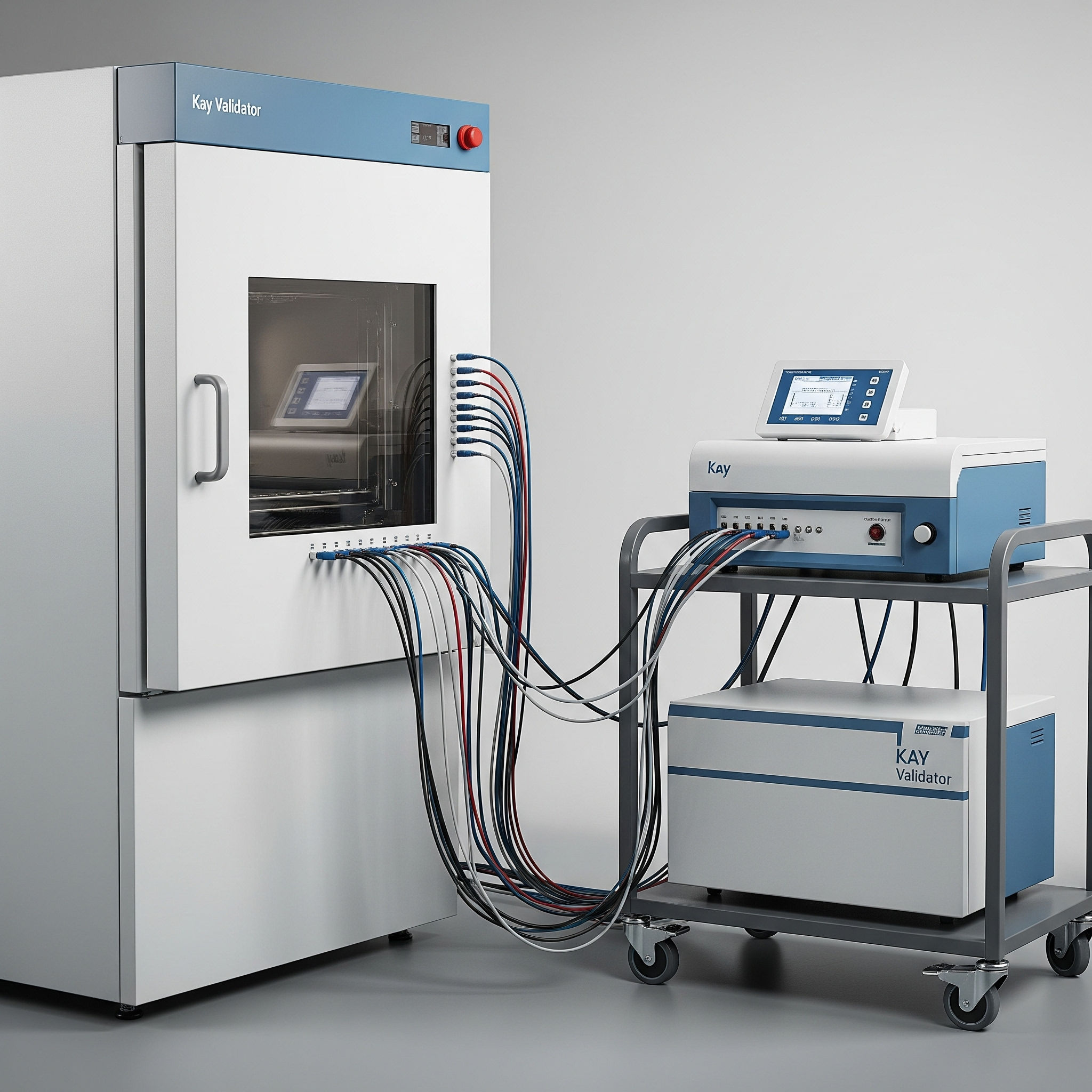When assembling a Stability Program, right after a QC laboratory and stability chambers, a Statistics plan would be high on our list. Whether we have one now, contract it out or are planning for the future, a Statistics program is worthy of our close attention. Are we compliant with ICH Q1E? Do we have a sound plan and procedures for timely generation and analysis of data? What are the statistical “off-ramps” into problem areas? Are our reports making the case for believable shelf lives with regulatory authorities?
Let’s take a deeper dive into the intricate world of statistics for medical product stability, including requirements from ICH Q1E, Industry Best Practices and potential pitfalls.
ICH Q1E and its Significance
The International Council for Harmonisation of Technical Requirements for Pharmaceuticals for Human Use (ICH) plays a pivotal role in standardizing guidelines for the pharmaceutical industry. ICH Q1E specifically addresses the statistical evaluation of stability data. The primary goal is to establish a framework that ensures the reliability of stability information, leading to better decision-making regarding the shelf life and storage conditions of pharmaceutical products. While it’s the current gold standard for requirements, it follows the typical Guidance convention and does not get into specifics as to how to get there. We should be able to trace the starting point of our stats programs and procedures back to the requirements of ICH Q1E. This would be valuable during an inspection as the basis of, and justification for, our practices and policies.
Basic Components of Stability Statistics Reports
Stability statistics reports serve as the cornerstone for evaluating the robustness of medical products over time. Key components include summary statistics, which offer a snapshot of central tendencies and variabilities in data. Graphical representations, such as degradation profiles and time plots, provide a visual understanding of stability trends. Statistical models, often in the form of regression analyses, contribute to predicting future stability outcomes based on historical data. Additionally, the inclusion of outlier analysis and confidence intervals enhances the comprehensiveness of these reports.
General Implementation of a Stability Statistics Program
Implementing a stability statistics program requires a systematic approach. It begins with the development of stability protocols that outline testing procedures, sampling frequencies, and study durations. The selection of appropriate statistical methods is crucial and involves considerations such as the type of data distribution and the presence of any discarded data. Establishing acceptance criteria for stability assessments is equally vital. It’s also important that our Quality Assurance, Quality Control, Regulatory, Statistics and Stability organizations meet regularly to review, challenge, and update statistical practices. Integration with other quality systems, such as risk management and change control, ensures a holistic approach to medical product stability statistics.
Stability Statistics Software
Various statistics software options cater to the specific needs of medical product professionals. SAS, renowned for its statistical analysis capabilities, provides a robust platform for data exploration and modeling. R, an open-source programming language, empowers researchers with flexibility and extensive statistical packages. JMP, designed for dynamic data visualization, aids in uncovering patterns and trends within stability data. Minitab is commonly employed at the Stability Group level for routine preliminary statistical reports. The choice of software often depends on the complexity of the analysis required and the familiarity of the user with a particular tool. There are quite a few Software providers that can help the User match their needs and resources to available commercial statistics packages and guide their clients through the requirements, installation, and validation phases.
Addressing Challenges and Ensuring Reliability
Despite the undeniable benefits of statistical approaches in medical product stability, challenges abound. Variability in real-world conditions introduces complexities that statistical models may struggle to capture. Limited sample sizes, especially in early stages of product development, can hinder the precision of stability estimates. Complex degradation patterns further complicate analyses. The potential for misinterpretation and overreliance on statistical outputs poses a risk, emphasizing the need for a balance between statistical rigor and practical relevance. Overcoming these challenges necessitates rigorous validation of statistical methods. Continuous monitoring of stability programs ensures that statistical models remain relevant and reliable throughout the product life cycle. Collaboration between statisticians, scientists, and regulatory experts is paramount to developing robust statistical strategies that align with both industry standards and regulatory requirements. The pinnacle of stability statistics diligence is to have an experienced stability statistician embedded in the Stability Group, or at least dedicated to the stability cause if a member of the corporate Statistics Group. Ongoing education and training on statistical methodologies within the medical product industry contribute to a collective understanding of best practices and pitfalls to avoid*.
Summary
In conclusion, statistics for medical product stability, guided by ICH Q1E, form a critical component of drug development, quality assurance and regulatory approval. Stability statistics reports, with their key components and rigorous implementation, provide a comprehensive view of a product’s stability profile. The availability of diverse statistics software empowers professionals in their analysis, but challenges such as variability and limited sample sizes persist. Through careful consideration, validation, and collaboration, the medical product industry can leverage statistical approaches to ensure the safety, efficacy, and quality of their products.
*Special Note: From time to time, stability statistics training, education and discussion events are available to help stability stakeholders raise their statistics programs to the highest levels of performance, compliance, and efficiency. The upcoming PSDG and KENX 1-day virtual seminar “Stability Statistics for Non-Statisticians” on Thursday, December 14, 2023 is one-such event. Check it out!
Share This Article with the Stability Community!
June 10, 2025
Disasters occur whether we plan for them or not, but planning ahead to mitigate their impact and recover from their damage can make a big [...]
June 2, 2025
So, you’ve gone through the process of formulating user requirements, chamber selection and purchase. With the equipment in place; how do we go from this [...]
April 26, 2025
It’s Stability Information Month and time to go a little further than regulations and processes and talk about people, namely the ones who comprise the [...]
Share your questions and experiences
A stabilitarian encounters new situations every day. StabilityHub’s discussion forums give Stabilitarians an opportunity to ask questions and offer solutions to specific scenarios. Join in the conversations with other Stabilitiarians and share your knowledge!
A stabilitarian encounters new situations every day. StabilityHub’s discussion forums give Stabilitarians an opportunity to ask questions and offer solutions to specific scenarios. Join in the conversations with other Stabilitiarians and share your knowledge!





